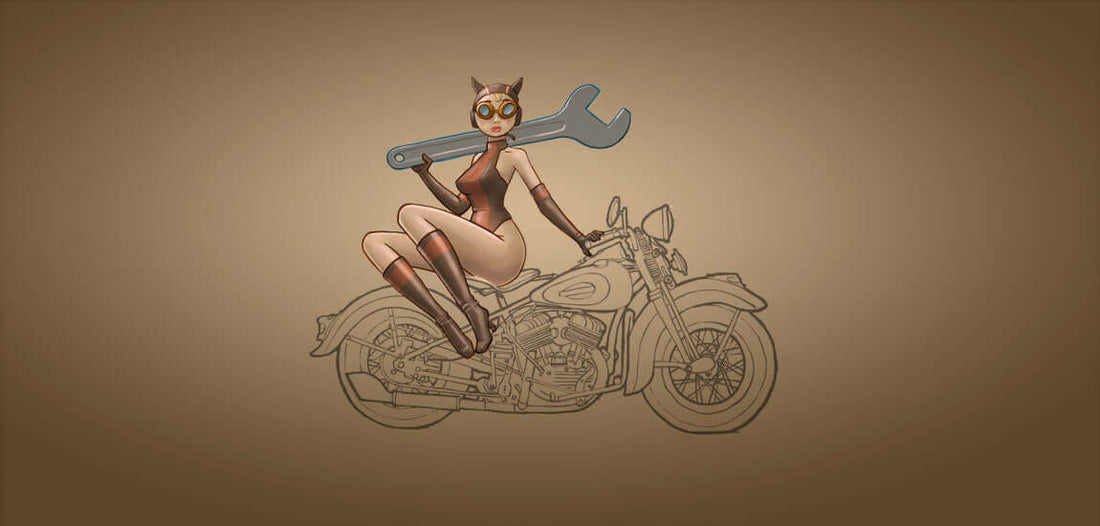
Initiating a Successful Motorcycle Restoration Process
Share
Engaging in motorcycle restoration is an immensely gratifying pursuit that can fill you with pride upon project completion. However, this hobby demands a substantial investment of time, money, and dedication. If you're a novice in the realm of motorcycle restoration, starting with a make and model known for its ease of restoration is recommended. Avoid ultra-rare and ancient models, as they can incur significant restoration costs and pose challenges in locating spare parts.
Once you've selected your motorcycle for restoration, understanding how to commence the process properly is crucial. Here's a step-by-step guide:
-
Choose an Appropriate Workshop Setup:
- Gather necessary supplies: cardboard boxes, a sharpie, a digital camera or video camera, and labeling tags.
- Organize your workshop to facilitate a systematic approach to the restoration project.
-
Catalog and Document Parts:
- Keep track of parts removed from the bike using labeled cardboard boxes, differentiating between those for replacement and repair.
- Capture pictures of each part to aid identification and documentation.
- This early cataloging will streamline decision-making and prevent wastage of salvageable components.
-
Assess Replacement and Repair Needs:
- Distinguish between parts needing replacement and those requiring repair.
- Label parts accordingly, categorizing them into two separate boxes for efficient management.
- This organization will contribute to both time and cost savings throughout the restoration.
-
Inventory Management:
- Keep a detailed inventory of all removed parts, aiding in budgeting and project timeline estimation.
- Utilize the labeled boxes to easily identify and locate specific components as needed.
-
Frame Restoration:
- Begin with the frame, cleaning it down to bare metal. Acid dipping is an effective method for rust, dust, and foreign material removal.
- Inspect the frame for rust holes, dents, and damages incurred during the motorcycle's history.
- Acknowledge that even seemingly well-maintained motorcycles have undergone wear and tear.
-
Comprehensive Cleaning Process:
- After frame restoration, shift focus to other components such as front and rear fenders, seat, forks, electrical parts, brakes, and the engine.
- Perform thorough cleaning to unveil the condition of each part, identifying damages and necessary repairs.
By adhering to these steps, you'll lay a solid foundation for your motorcycle restoration project, ensuring a smoother process for your first foray into this rewarding hobby.

